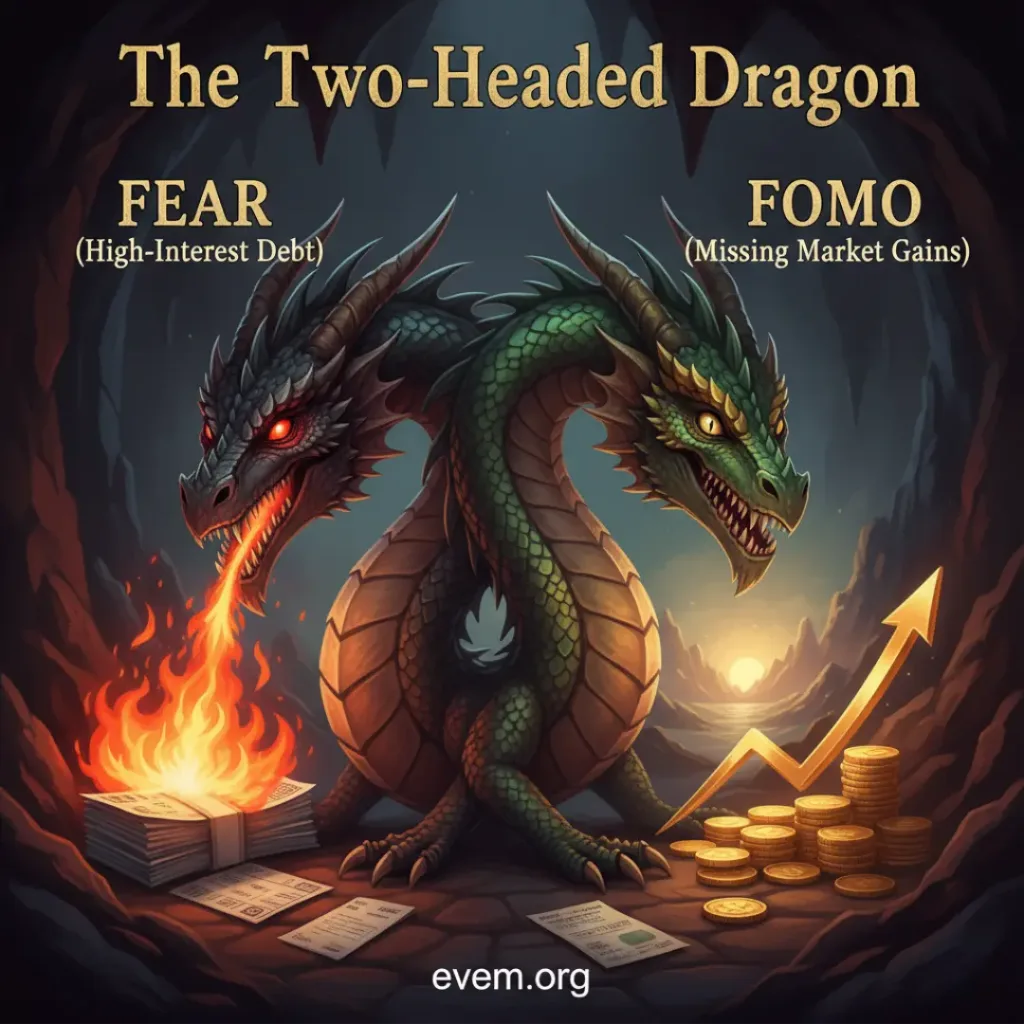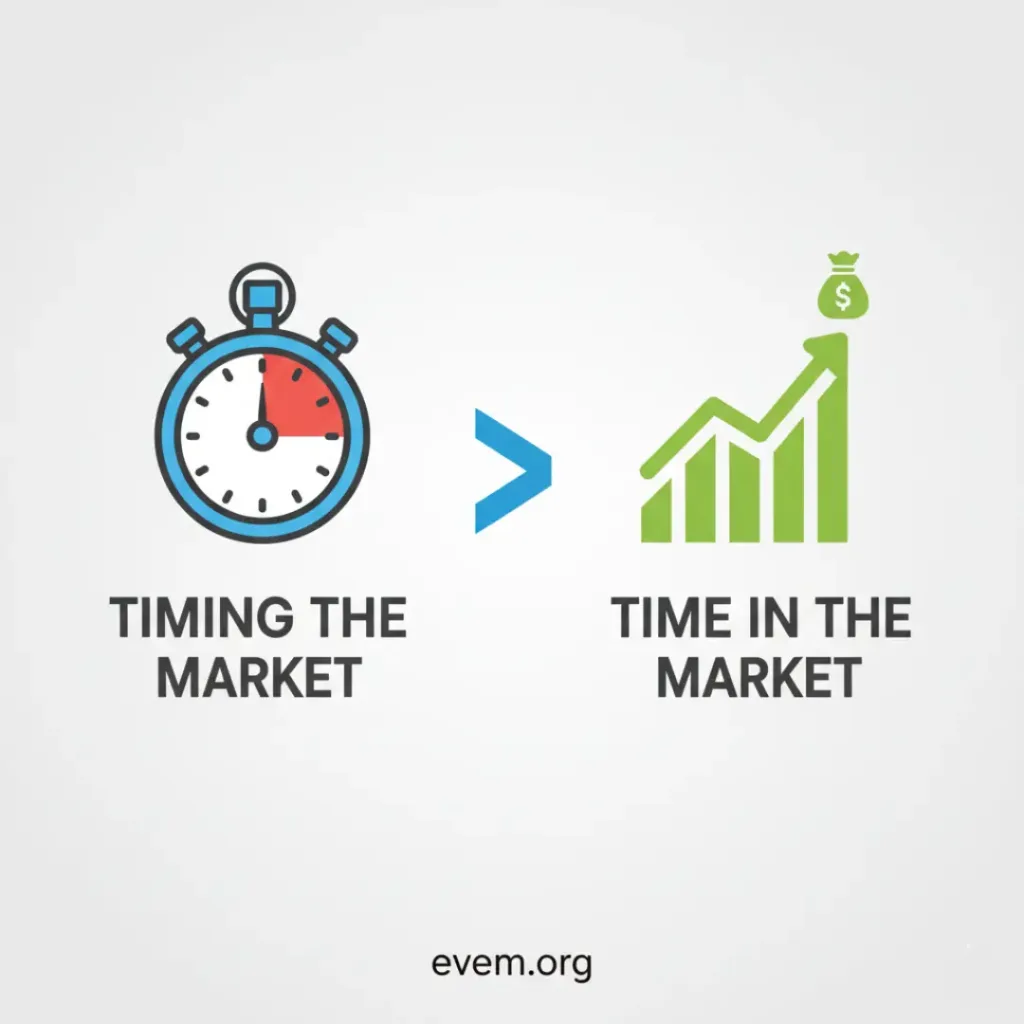End Paycheck to Paycheck Living: A Banker’s 3-Step System
This article tackles the common frustration of living paycheck-to-paycheck, arguing that traditional, willpower-based budgeting is a flawed approach. Drawing on a banker’s expertise, it introduces a simple, 3-step automated cash flow system designed to be set up once and run on autopilot. By creating separate accounts for fixed bills, automated savings/investments, and a “guilt-free” spending fund, the system eliminates financial anxiety and the need for constant tracking. The result is a powerful framework that ensures financial priorities are met automatically, empowering readers to spend consciously and build wealth without the stress and guilt of a restrictive budget.









